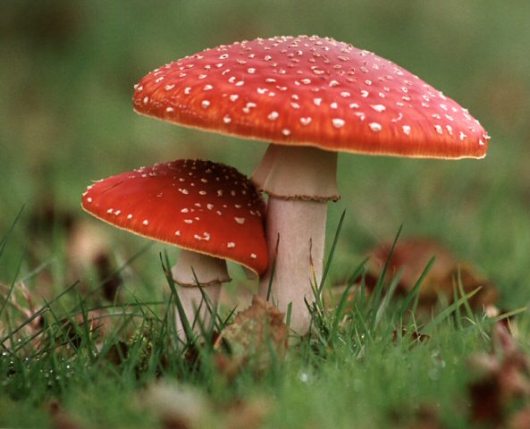ruff
and would I know
winter
still sliding down
silvering window
soft whispers
smoke secrets
between
this
and all those winter fires gone before
each ghost arrives upon the gale
welcomed beside the hearth
each breath of my own
rare and gifted by such drifters
